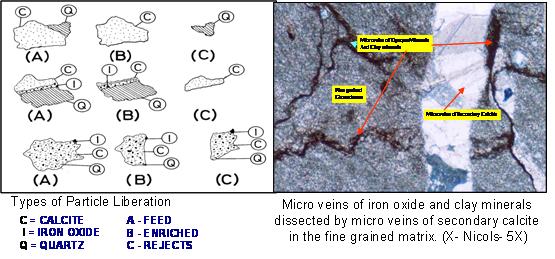


News & Events

News & Events
- Advertisement No. C/08/2024(02) - Written Test/Personal Discussion (11th Nov 2024) - POSTPONED
- NCB IC Event: Innovate Youth: Building Tomorrow's Entrepreneurs.
- PG Diploma Admission 2024-25 - Written Test & Interview Reg.-Round II
- List of selected candidates for admission to One Year Post Graduate Diploma in Cement Technology at NCB Ballabgarh for Session 2024-25
Consultancy services for getting NABL Accreditation as per ISO/IEC 17025:2017
Notice on Public Grievance
NCB – CCE EVENTS / Forthcoming Training Programmes
Ongoing Proficiency Testing Schemes
ONLINE Payment Facility
Steps for Online Payment through SB Collect
Last date for Submission of Technical Papers in 18th NCB International Conference & Exhibition extended to 31st August 2024
Last date for applying for National Awards in Indian Cement Industry 2022-24 is extended to 31st August 2024
Post Graduate Diploma in Cement Technology 2024-25 (Date Extended upto 15 July 2024)
NCB requires Lab Analysts, Junior Assistants, Senior Assistant and Designer on Direct Recruitment Basis
New Facilities added in Calibration Services
18th NCB International Conference - Call for Papers
Corrigendum - Compassionate Appointment in NCB for Group “C” & “D
Compassionate Appointment in NCB for Group “C” & “D
18th NCB International Conference, 27-29 Nov 2024 (Bulletin 1)
NCCBM to host 17th International Congress on Chemistry of Cement (ICCC) in 2027 in New Delhi
Beneficiation Studies of Low / Marginal Grade Limestone and Mine Rejects
Though India has huge reserves of limestone reserves, but the quality variation create hindrance in cement capacity development. The chemical composition, mineralogy and homogeneity depend upon the provenance and depositional environment of a limestone deposit. Silica (SiO2), Magnesia (MgO), Chloride (Cl), Iron (Fe2O3), Sulphide (SO3) are common deleterious constituents of limestone. The most common impurities associated with limestone deposits are clay and shale. Impurities may also be present as associated rock types like gneisses, schist, dolomite etc and in the form of intrusives also.
NCB has taken up the study for potential beneficiation of low/marginal grade limestone and mine rejects through physical separation techniques or dry beneficiation techniques such as size reduction and separation as most of the cement plants are based on dry process. The size reduction mainly involves the process of crushing and grinding known as comminution, the purpose is to liberate carbonates (calcite) from contaminated limestone. This is followed by size separation which can be accomplished by using classifiers, screens, cyclones etc. The product output has considerable difference in grain size and this result in to enrichment of calcite, silica and other chemical constituents separately.
The NCB’s investigation includes mineralogical characterization, mineral liberation studies, optical microscopy, their comminution sizing, sieving, and chemical analysis of various size fractions, physico-mechanical properties and X-Ray diffraction studies.









